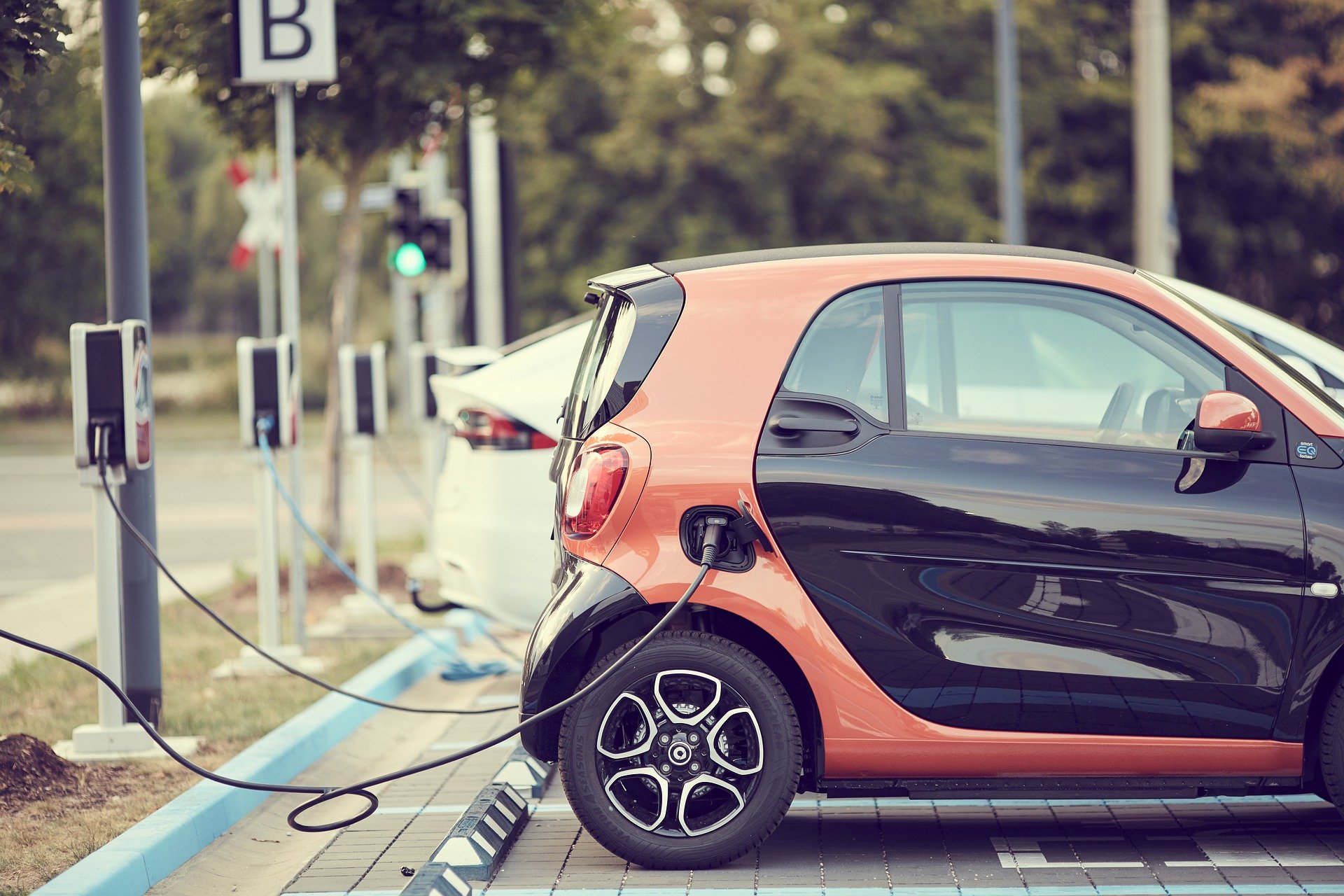Capital is filling U.S. EV and battery plants for electric vehicles, yet not into the underpinnings of the homegrown battery industry, leaving the store network awkwardly reliant upon China

Is this end of America’s Electric Vehicle Revolution?
Electric vehicles will not get a “100 percent Made in the U.S.A.” stamp for a happy time yet.
U.S. automobile creators are emptying billions of dollars into homegrown EV production lines and lithium-particle battery plants to supply them. General Motors this week reported $6.6 billion of EV interests into two Michigan plants, including $1.3 billion from its South Korean battery accomplice, LG Energy Solution. Passage reported comparative ventures in Tennessee and Kentucky last September close by LG’s archrival, SK Innovation.
Move further upstream in the U.S. EV production network, however, and the deluge of capital transforms into a stream. Except if that changes, the head-first quest for EVs in Detroit and California the same dangers supplanting the American driver’s reliance on Middle Eastern oil with a similarly risky dependence on Chinese battery materials.
A few tasks are in progress, frequently driven by organizations or supply managers carmakers. Comparative with the size of ventures downstream, however, they appear to be little.
GM last month announced a joint venture with Posco Chemical, another South Korean company, to open a cathode materials plant in the U.S. in 2024. The cathode is the most valuable component of a battery cell, accounting for about 40% of its cost. The carmaker said the factory would employ hundreds of people.
Toward the beginning of the inventory network, a grip of diggers are creating U.S. possibilities for battery materials like lithium and nickel. Toronto-recorded Talon Metals, which possesses the Tamarack nickel project in Minnesota close by iron-metal goliath Rio Tinto, last week said it would sell stock actually worth 33.9 million Canadian dollars, or generally $27 million, to additional its arrangements, taking advantage of a solid offer cost after Tesla focused on buying no less than 75,000 metric huge loads of Tamarack nickel north of six years.
However, it is the dark middle connections in the store network that require the most consideration. This is the place where China truly rules the battery business today.
Chinese players are in some ways clean-energy
Chinese lithium diggers Ganfeng Lithium and Tianqi Lithium accomplish more work transforming the metal they separate into helpful synthetic mixtures than their enormous U.S. peer, Albemarle. Ganfeng even makes EV batteries themselves. In their accentuation on vertical coordination, the Chinese players are here and their clean-energy assumes any semblance of Exxon Mobil and Royal Dutch Shell – “incorporated oil organizations” that siphon, refine and showcase their assets.
Concerning nickel, there is so little handling in the U.S. that the main homegrown creation site today, the Eagle Mine in Michigan possessed by Lundin Mining, sends its result to Canada for handling. From that point, it may go to the handling center of Finland or somewhere else prior to arriving at worldwide business sectors. With regards to batteries, that typically implies China.
America is falling apart- new battery plants will have to source materials chiefly from China
Until this sort of circumstance changes, America’s new battery plants should source materials mainly from China, giving international influence to Beijing as the EV business grows. The need to keep away from this result is an uncommon mark of bipartisan agreement in Washington. The framework charge President Biden endorsed into law in November included $6 billion of subsidizing for the creation and reusing of batteries and their unrefined components, with the need for organizations claimed and worked in the U.S.
Reusing may appear to be a low need given what a limited number of EVs are out and about, however reusing new businesses are indeed among the really encouraging American battery-materials providers. Redwood Materials, the five-year-old brainchild of Tesla’s long-term boss innovation official, JB Straubel, and its more modest adversary Li-Cycle gather squander battery materials-at times called “metropolitan mining”- separate them and afterward reprocess them available to be purchased once more into the production network. Redwood additionally plans to transform its reused materials into cathodes.
The review of GM’s Bolt model last year was an aid for Li-Cycle, which has an organization with the vehicle creator. Such issues to the side, the recyclers will depend substantially more on assembling scrap than end-of-life EVs for source matter over the approaching ten years. Really much lost as battery industrial facilities increase while attempting to meet requesting car quality prerequisites. Indeed, even mature plants normally scrap 5% to 10% of their provisions.
A private subsidizing round esteemed Redwood at $3.7 billion the previous summer, and it got one more $50 million from Ford in September. The area needs significantly more speculation, however, its financial matters stay doubtful. Rivaling a vastly improved set up Chinese industry is definitely not a conspicuous suggestion for financial backers, even with endowments tossed in.
That leaves U.S. vehicle creators probably driving even the upstream production network push, in partnership with the Energy Department. The eventual fate of EVs is frequently accepted to rely upon tackling buyer issues, for example, slow charging foundation and reach nervousness. All things considered, they could be dialed back additional by the problem of building the underpinnings of the battery industry.
